Foreign Trade and Transport in Malawi, Lilongwe, Blantyre
Business in Malawi, Lilongwe, Blantyre, Mzuzu, Lilongwe, Zomba. Chewa

Malawi (Republic of Malawi, «the Warm Heart of Africa») is a landlocked country (Eastern and Southern Africa)
- Dziko la Malaŵi in Chichewa language
- Lilongwe is the economic, political and administrative capital of Malawi and the largest Malawian city
- Largest cities of Malawi:
- Malawi is one of the poorest countries in the world
- Main economic activity in Malawi: agriculture
- 30% of the Malawian GDP
- 80% of the total exports
- The main agricultural export product is
tobacco:
- The seventh producer in the world
- The second African producer
- Malawi is the third African tea producer (90% for export)
- Other agri-food products are sugar, corn, sugar cane, cotton, potatoes and sorghum
- Main industries in Malawi: tobacco, tea and sugar, sawmills, cement and consumer goods.
- Main mineral resources in Malawi: uranium and coal
- Kayelekera uranium mine
- Borders of Malawi: Mozambique, Tanzania and Zambia
Transport and Logistics in Malawi
- Access to Malawi by the Port of Maputo (Mozambique)
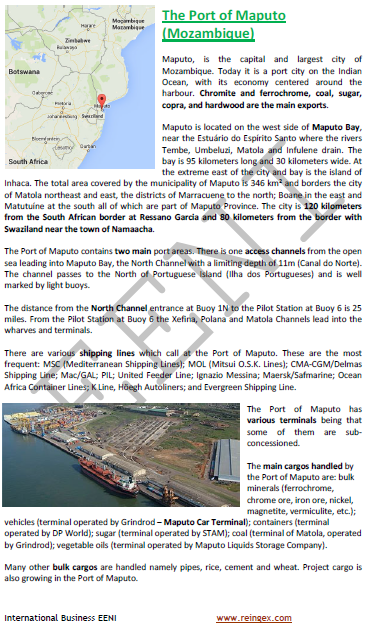
 Malawian Students from Malawi
Malawian Students from Malawi


More information: International Trade and Business in Malawi, at EENI Global Business School.

Trade and Business Organisations (Malawi)
- Southern African Development Community (SADC)
- Common Market for Eastern and Southern Africa (COMESA)
- U.S.-COMESA Agreement
- COMESA-EAC-SADC Agreement
- Community of Nations
- Conference on the Great Lakes Region (guest member country)
- African Development Bank
- African Union
- AUDA-NEPAD
- Economic Commission for Africa
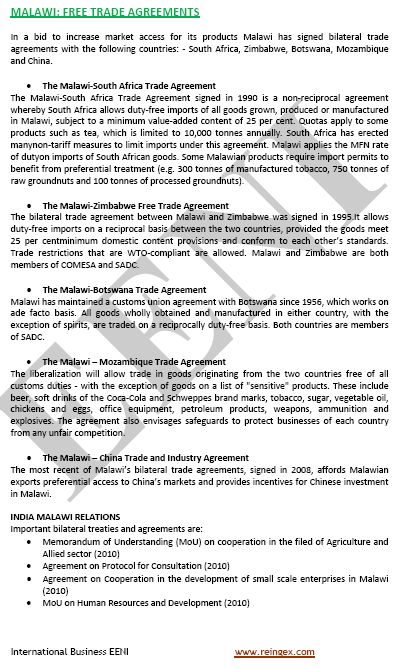
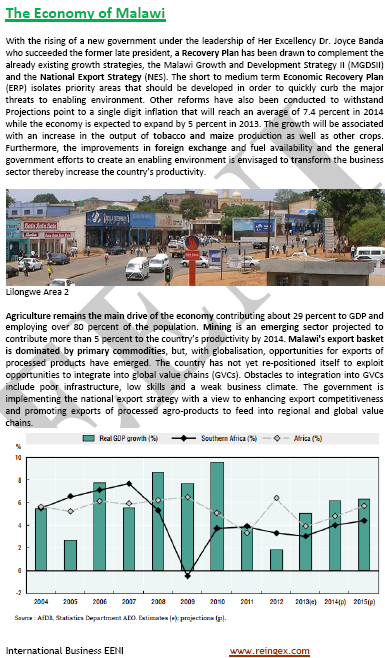
The Malawian population: 18 million people
- MalawianPopulation density: 152 inhabitants / km²
- 85% of the population lives in rural areas
- 89% of the population works in the informal sector
- Malawi has a low life expectancy and a high infant mortality
- The prevalence of the HIV / AIDS is high

- Malawi is a Unitary Presidential Republic
- Area of Malawi: 118,844 km²
- Malawi is one of the smallest African countries
- Lake Malawi occupies a third of the surface of Malawi
- Lake Malawi (Nyassa), Great Rift
- The third African lake
- 20% of the Malawian surface
- Malawi: Nyassa (Lake in Bantu language)
- Tropical climate
- Malawi obtained its Independence from the United Kingdom in 1964 (History of Malawi)
- Until 1964: Nyassaland
- Calling code of Malawi: 265
- Country code top-level domain of Malawi: .mw
- Currency of Malawi: Malawian Kwacha
Malawi is divided into three regions comprising a total of 28 districts.
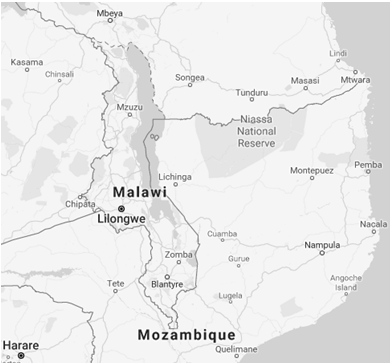
Central region
- Population: 5.5 million people
- Area: 35.592 km²
- Capital: Lilongwe
Northern region
- Population: 1.7 million people
- Area: 26.931 km²
- Capital: Mzuzu
Southern region
- Population: 5.8 million people
- Area: 31.753 km²
- Capital: Blantyre
Main Malawian ethnicities:
The main Malawian ethnicities (Bantu origin) are:
- Chewa (35% of the population)
- Lomwé (19%)
- Yao (13%)
- Ngoni (12%)
- Other Malawian ethnicities are Tumbuka, Sena and Tonga.
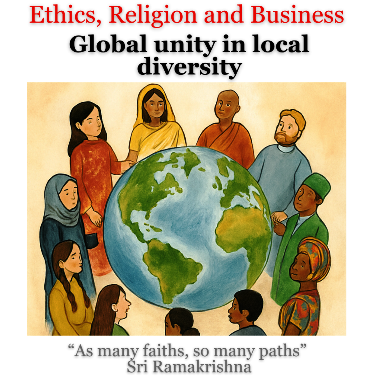
Religions and Global Business -
Religious diversity
Religions in Malawi:
-
Christianity (80% of the population)
- Protestantism (60%)
- Catholicism (20%)
- Islam (15%)
-
African Traditional Religions
- Nyau (secret society)
- Gule Wamkulu dance is an oral and intangible heritage of humanity (UNESCO)
Languages of Malawi
The official languages of Malawi are Chichewa (or nNyanja, Bantu language) and English.
Chichewa is:
- Official language in Malawi and Zimbabwe
- Recognised minority language in Zambia and Mozambique
- 12 million Africans speak Chichewa
Higher Education in Malawi
Minister of Education of Malawi
- University of Southern Malawi (University of Science and Technologies of Malawi)
- University of Malawi
- University of Mzuzu
- Catholic University of Malawi
- University Livingstonia
- University Malawi Lakeview
- University UNICAF
- University of Lilongwe
- University of Lilongwe of Agriculture and Natural resources
- International University of Blantyre

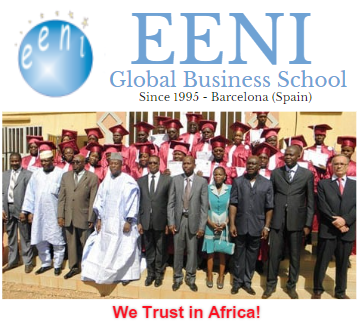
 Tweet
Tweet

